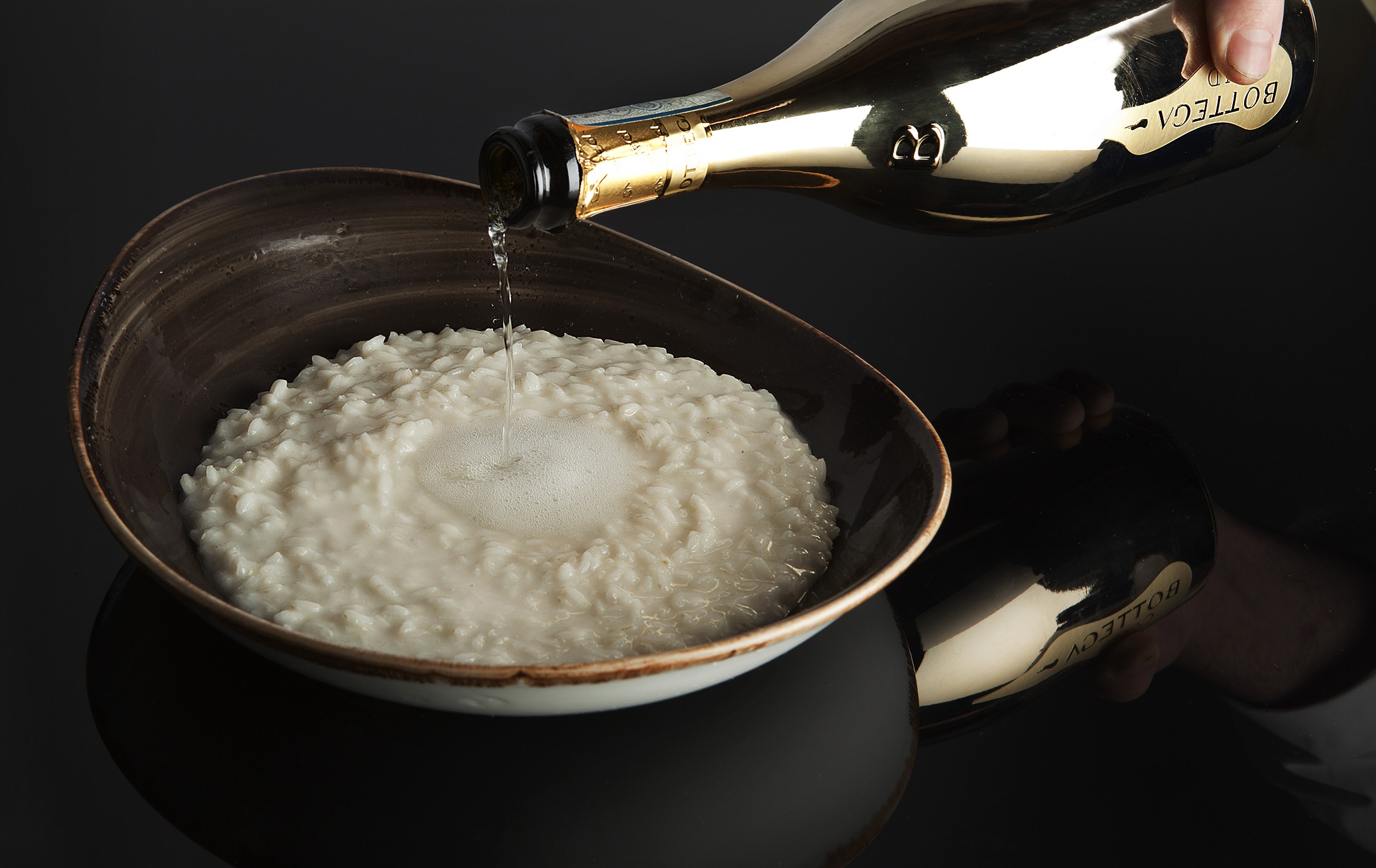‘Whisky mafia’ distillery to get funding
Formerly the world’s largest, the ruined Scottish whisky distillery that belonged to the infamous Stein family is to receive a cash boost to keep it from suffering further disrepair.
Kennetpans distillery, which had a part in the history of of Haig whisky – today known as the David Beckham-backed brand Haig Club – has been abandoned for nearly 200 years and now stands as a collection of ruined buildings.
But its connection to the controversial Stein family forms part of an illustrious history that conservationists want to keep for future generations.
The site on the banks of the River Forth is set to benefit from over £60,000 worth of restoration work to help keep the remaining buildings standing so that visitors may learn more about the Steins – the family dubbed the “whisky mafia”.
The Steins, whose descendants include the prime minister David Cameron, were forced to close the distillery after a battle over duty taxes on its whisky led it to bankruptcy.
Kennetpans distillery dates back to the early 1700s, and the Stein family built Scotland’s first railway between it and the neighbouring Kilbagie distillery. They also used the country’s first James Watt steam engine on the site, which is now considered the home of industrial whisky production.
Partner Content
The family is also linked to Jamesons whisky through founder and relative John Jameson taking over the Stein’s whisky interests in Dublin.
According to The Scotsman, by the 1770s Kennetpans and Kailbagie were so successful that the duty they paid was higher than all the land tax collected in Scotland. However, following changes in the law over duty and restrictions in exports to England, the distillery was forced to close.
Kirsty McAllister, cultural heritage officer for the Inner Forth Landscape Initiative, which is leading the project, told the paper, “It is part of Scotland’s forgotten industrial and trading past. The whole Inner Forth area was at one time a hub of vibrant trading activity and it fed a demand nationally and internationally for local produce like whisky.”
The work will be jointly funded by lottery funding and Historic Scotland. A spokesperson for Historic Scotland said, “It will last three years and the end result is that there will be vegetation clearance, some targeted building consolidation work on masonry that looks it might collapse, and some interpretation boards informing people what the distillery used to do.”




